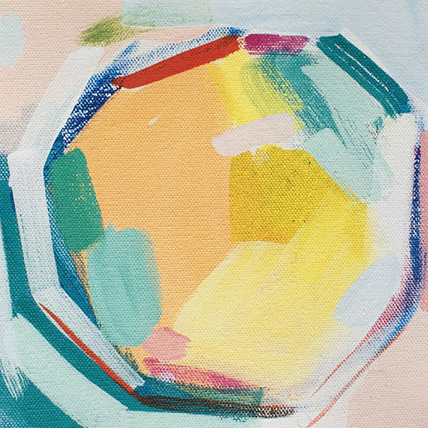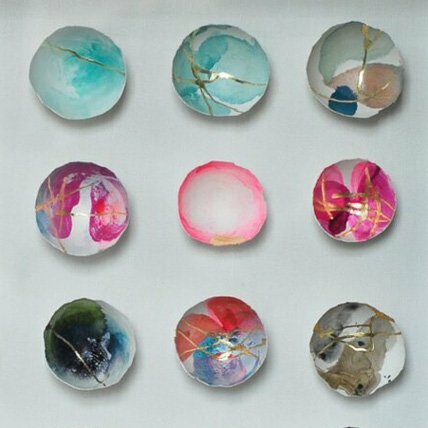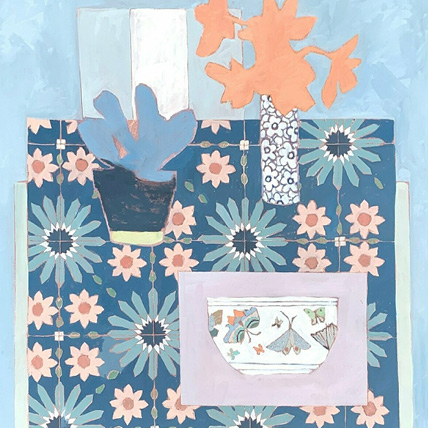
“In Los Angeles, you need a million dollars. In Des Moines, you just need a good idea.”
That was Liz Lidgett’s logic when she opened her Des Moines-based art gallery. Now in its second year of business (after its May 8 anniversary), the gallery attracts passersby with art that Liz describes as ubiquitously joyful.
Her niche is emerging and midcareer artists. Manageable price points allow the masses to indulge in what great imaginations produce: oils, acrylics, watercolors, and more. Liz understands how art touches the soul. Because of that, I wanted to highlight Liz as the first subject of this new series: GALleries.
In GALleries, I spotlight female artists and gallery owners. Join me as I apply my own affinity for this category to introduce you to women who’ve found beauty in the medium.
How has your business changed during the pandemic?
For our gallery, this situation has presented a new channel of business ingenuity. We’re using it as an opportunity to assess what can we do to serve clients better. For example, our website is now complete and shoppable. We’ve seen huge results. Before, people were fairly intent on having us Photoshop in a piece of artwork to picture the room before they made their purchase. Now, they are simply buying what they love. And that’s how art purchases should be made. Buy what you love when you see it. Art has to touch your heart.
How are people looking at art to help them through this quarantine?
Home is your sanctuary and where you spend a significant amount of time. People now realize how much home matters. We’re talking with clients who say that before this started, they had a home office that they rarely spent time in. Now they want it to be as inspiring as other spots throughout their homes. We have very little control over anything right now except in our home. We can make it as beautiful as we want. I’m amazed about how many orders I’m getting for gifts. Art evokes a feeling and touches you. The thoughtfulness of people using art as a tool to gift and make someone’s life more beautiful—that says so much to me.
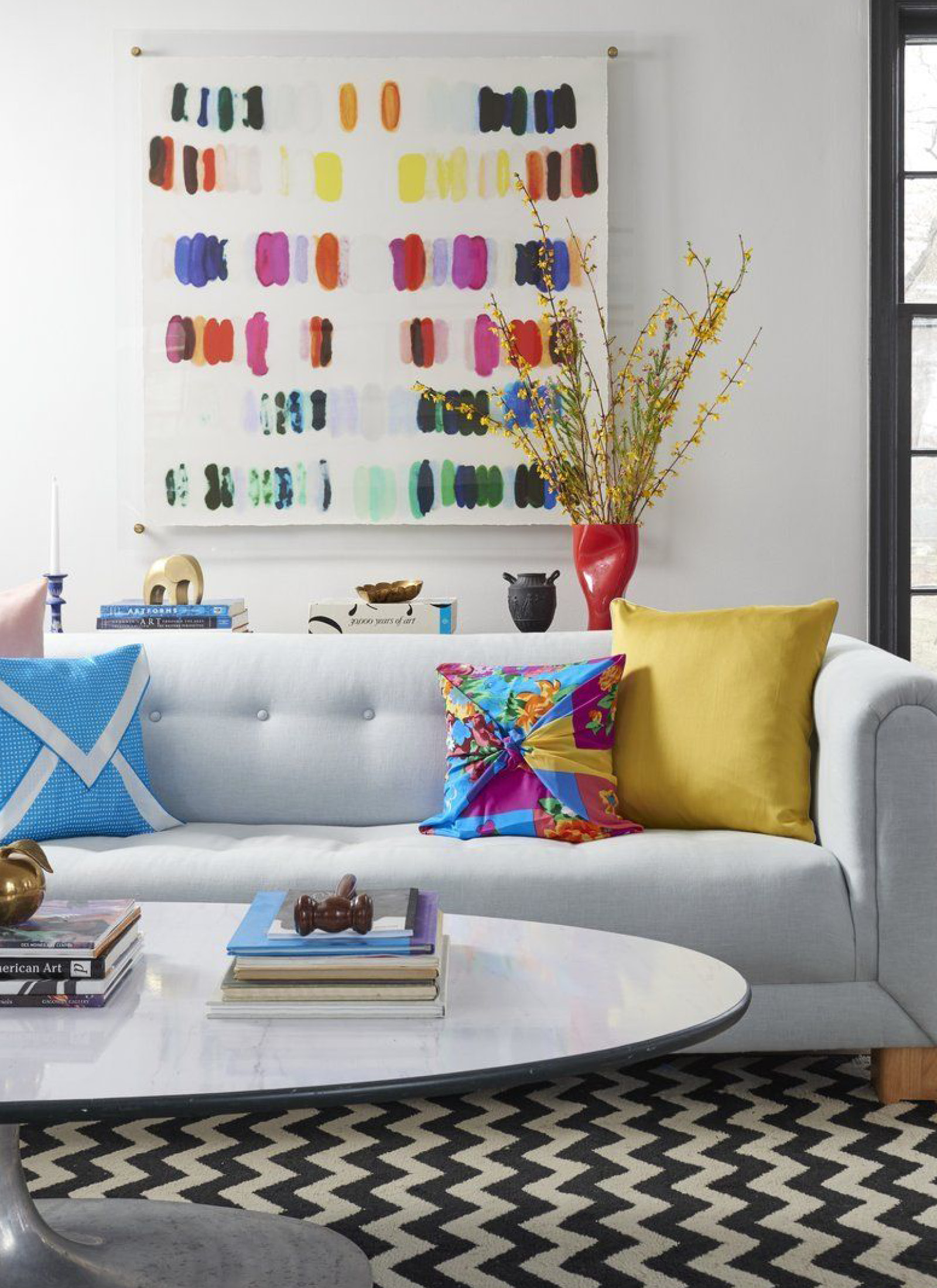
With in-person buying temporarily out of our shopping experiences, how has social media proved beneficial in your business?
The connection through social media is unmatchable. It’s another space to build relationships. We held a virtual show, which was a new way to show our work.
It’s about so much more than filling space on a wall. People have realized that buying artwork is two-fold assistance: helping a small business and an artist too. It’s so satisfying to be able to support other people who are truly working so hard to develop their craft. I’ve always been passionate about improving a space with great art, but now it adds another layer.
You’ve always placed an emphasis on female artists. Do tell.
At least 50 percent of our artists are female. That is not the norm.
Ethically, it’s important to support women in any industry, and we know that it’s a climb. In the art industry, there has always been a huge disparity. Men had a jump-start from the get-go. Historically, women were not allowed to be artists. It was seen as a skilled trade that women were not able to participate in.
Statistics for women are sad. Take The Met, for instance. Women created less than 5 percent of the artwork in the modern galleries, yet 85 percent of the nudes are women. So basically, you have to be a naked woman to get into the museum.
Even the differences at auction are staggering. A piece from a male artist can bring in tens of millions of dollars more than that of a female counterpart. If we support female artists early on, we can make a significant difference in their trajectory.
I think that museums are just now taking a look at how they have not done right by female artists. I don’t know that the effort is intentional enough quite yet though. We can still do better. We live in an age where we have incredible artists who are dismissing galleries completely because they aren’t supportive. Artists understand that they can do this on their own through Instagram.
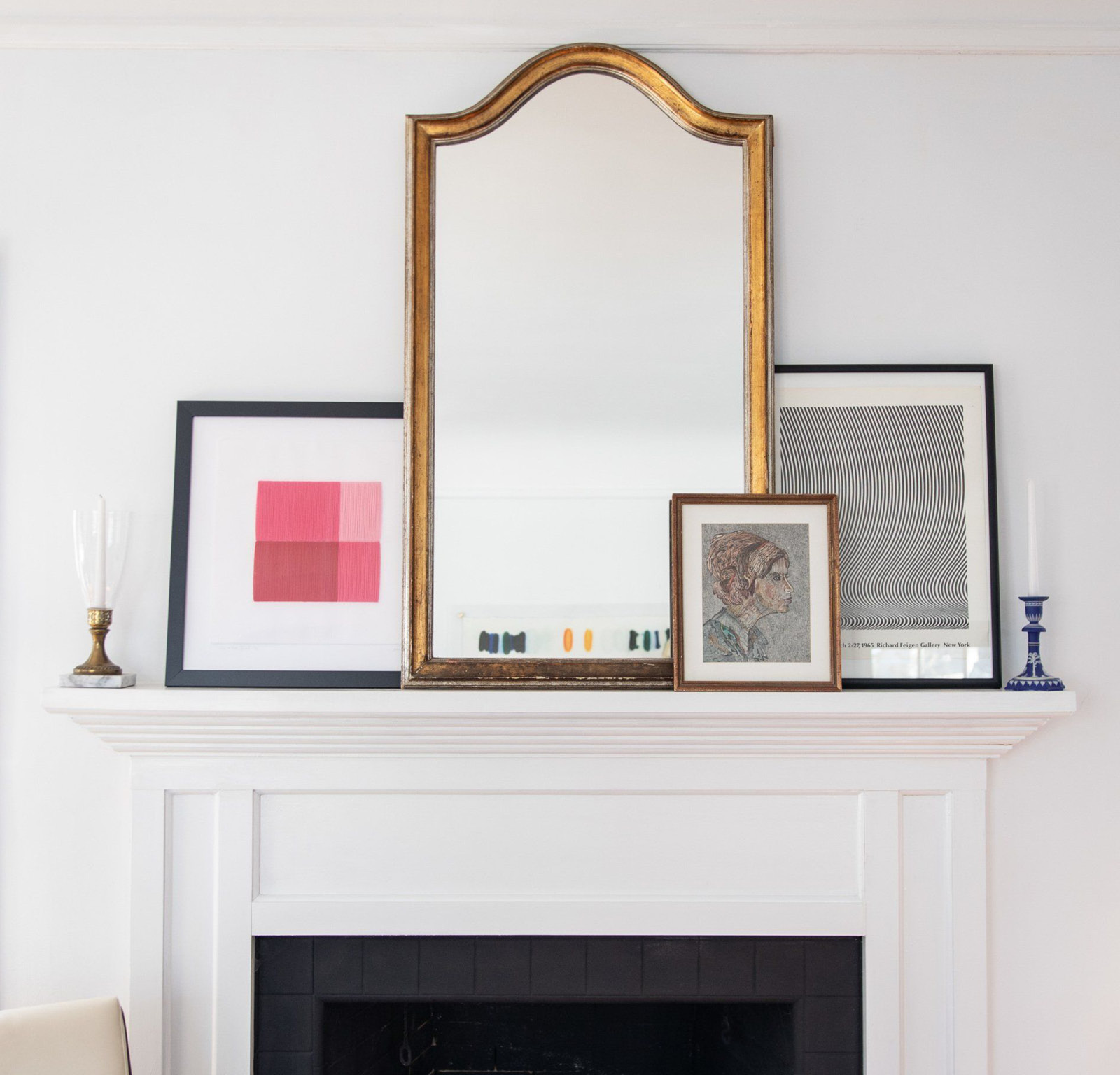
People who wouldn’t consider themselves creative have somehow found it within during this time in quarantine. Why?
People will say that they aren’t creative because that’s not what they do to earn money during the day. But creativity is an outlet that provides new and different ways to express yourself. Social media is tiring if you are on it all day. Finding inner creativity and unleashing it makes you feel so much better. There’s something about using your hands to make something that gives you purpose. Right now, everyone needs a new outlet.
Tell me where your love of art started and how it evolved.
I was born and raised in Des Moines. I headed to Los Angeles to pursue a master’s degree at USC, and in LA I saw the art scene changing. My husband, who is also from Des Moines, and I decided to return to Iowa. We both found jobs in creative industries. Specifically, I was curating art for a corporation. Throughout that tenure, I realized that other corporate offices, restaurants, public spaces, and individual people needed assistance with their understanding of art and selecting pieces. And this niche was not being filled. So, I became an art adviser for everyone. I was 27 when I started that business.
After I built that chapter, the natural next step was to open a gallery. The gallery had always been a goal, but I wanted to make a name for myself first. I’ve been able to operate the gallery the way that I thought a gallery should be not the way that it conventionally is. The art world has some issues, and I wanted to be an example of how to do it right.
Let’s face it. Art isn’t required for survival. Yet people crave beauty. How do you give a consumer a positive perspective about the art experience?
We build confidence by truly knowing about the artists we represent—by knowing their stories. I always want open communication. Galleries are intimidating, and so many people do ask the question, “Do I belong here?”
I want to make art accessible to everyone—both people who’ve been collecting for years and people who are just starting. I do that by creating a welcoming environment. It’s not just about being friendly. I don’t expect people to walk in with an art history degree. I want to create ease and comfort.
What’s next for Liz Lidgett?
I think about a book regularly and how to share my love of art and the tricks that come with it. Because I’m a small gallery, I can be nimble and adapt. Doing that opens so many doors. My theory is to get to know the rules first, and then learn how to break them.





